How to Make Money Blogging: 12 Monetization Strategies for 2024
The potential to make money online through blogging is substantial. Yet, it varies based on several factors, like the blog niche, the content’s value to the target audience, the effectiveness of blogging efforts, and the monetization methods.
As you embark on your blogging journey, choosing the right platform and tools is crucial, too.
A good blogging platform with reliable web hosting services eases management and ensures excellent availability. The right tools, including for keyword research and data analysis, can amplify your efforts and contribute significantly to your blog’s success.
This article will cover 12 monetization techniques for bloggers, from displaying ads to implementing affiliate marketing and partnering with brands. We’ll also share insights on why Hostinger Website Builder is an excellent platform for making money blogging.

How Much Can You Earn From Blogging?
Blogs serve as more than just a platform for sharing ideas. When managed effectively, they can engage high readership and foster a thriving community, ultimately attracting blog advertising opportunities.
Search engine optimization (SEO) is critical in enhancing your blog’s relevance and visibility. Utilize keyword research tools, like Ahrefs, and optimize your blog post for search engines to boost organic traffic, reach, and rankings on Google search results.
The more popularity your own blog successfully gains, the more money you can earn from it.
Generating online income through blogging can vary widely. On average, successful bloggers’ monthly earnings can range anywhere from a few hundred to several thousand dollars.
Factors such as the blog’s niche, audience size, engagement rates, and monetization strategies are crucial in determining earnings. Regarding profitable blog niche ideas, examples include digital marketing, health and wellbeing, food, travel, and fashion.
With SEO-focused content creation, professional website design, and the right monetization strategy, it’s possible to make a sustainable income from blogging. As such, you can start blogging as a side hustle and eventually make it one of your main income streams.
Pro Tip
If this is your first time creating a blogging site, explore these blog ideas to help you choose a profitable niche.
How to Make Money Blogging?
Transitioning from creating content for fun to building income-generating blogs requires the right tools and platform.
Hostinger Website Builder is an excellent platform to build your website from scratch and make money blogging. Its user-friendly interface and AI tools cater to both newcomers and seasoned bloggers.
We also provide built-in SEO tools, which assist in crucial aspects like generating automated alt texts, meta titles, and meta descriptions. Moreover, our AI Blog Generator can help you create engaging, SEO-friendly blog articles.
Now, let’s explore 12 tips on how to make money blogging for beginners.
1. Display Ads on Your Blog
One of the most straightforward ways to make money blogging is by displaying ads. This strategy involves partnering with ad networks to place relevant advertisements on your blog.
Popular ad networks include Google AdSense, Media.net, and Ezoic, each offering different benefits to suit various blogs.
Ad networks connect advertisers with websites that want to sell space for ads. Website owners earn money based on different revenue models, for example, the pay-per-click (PPC) model allows them to earn money every time a visitor clicks on the displayed ad.
Hostinger Website Builder streamlines this process by providing seamless integration with popular ad networks. For instance, here’s how to integrate Google AdSense into your blog:
- From the Hostinger Website Builder editing interface, locate Website settings in the bottom left corner and click on Integrations.
- In the Integrations panel, scroll down to find Google AdSense. Expand it and fill out the Content field to connect.
This integration eliminates the hassle of manually coding ads into your site, allowing for a more efficient setup.
Optimize the ad placement to enhance the likelihood of clicks without detracting from the user experience. Our AI Heatmap can help with strategic ad placement. Go to AI tools → AI Heatmap to generate one and predict the user behavior on your blog pages.
On top of that, our builder’s responsive design ensures your ads look great on all screen sizes. This adaptability is crucial as it maximizes the ads’ effectiveness regardless of the device your audience uses to access your blog.
2. Start Affiliate Marketing
Affiliate marketing lets you promote a company’s products and earn commissions for each sale or action generated through your unique affiliate links.
It is one of the best strategies when considering blogging for passive income. Once you’ve strategically integrated affiliate links into your blog content, they can generate earnings over time, even when you’re not actively promoting them.
Affiliate marketing also lets you diversify your income sources. Instead of relying solely on ads, you can create a balanced revenue portfolio.
So, in addition to ads, incorporate affiliate marketing alongside other monetization strategies, such as writing sponsored content. By doing so, you expand your income sources, making your blog’s revenue more stable and less reliant on a single method.
3. Write Sponsored Content
Sponsored content or posts are collaborative partnerships between bloggers and brands. This strategic approach lets bloggers create and publish content promoting the brand’s products in exchange for compensation.
One of the critical elements of writing a sponsored blog post is maintaining the content quality.
Brands are eager to partner with bloggers who can produce engaging, informative, and well-crafted posts. Therefore, it’s essential to create high-quality content for your readers consistently.
Additionally, implement keyword research and track performance with Google Analytics. These blog SEO practices can help optimize the article and boost its ranking in search results. You can utilize Hostinger Website Builder AI keyword tool and integrate Google Analytics to streamline the process.
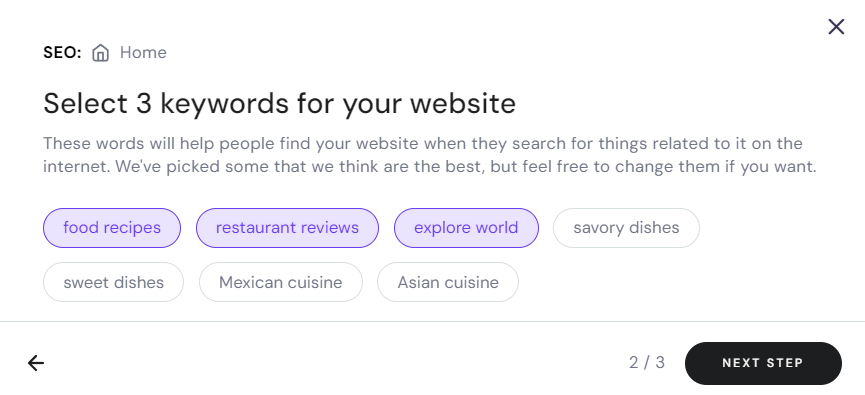
Another determining factor is your web design, as having a professional-looking blog helps improve your credibility. Some web design best practices include intuitive navigation, responsiveness, and SEO-friendliness.
Hostinger Website Builder offers a range of designer-made blog templates for various niches. That way, it’s easier to customize your blog’s design and layout to match your niche and style.
4. Sell Relevant Products
Integrating an eCommerce store offers a lucrative opportunity to diversify your blog income streams. Through it, you can sell physical products or digital downloads.
If you have a talent for crafts, sell handmade goods like jewelry, home decor, or custom artwork. Should you run a fashion blog, find success with merchandise like tote bags, phone cases, or eco-friendly beauty products.
Selling digital products like eBooks on meal plans or cooking techniques is a great way to make money through a food blog. Meanwhile, if you’re running a graphic design blog, consider selling stock photos, illustrations, or web design templates.
Hostinger Website Builder offers a built-in eCommerce platform. Here’s how to activate the online store functionality:
- From the interface’s sidebar, click Online Store → ADD STORE.
- Once enabled, go to the Store manager by clicking Online store → MANAGE STORE.
- Set up your store by filling out the name, location, and currency fields.
- Once activated, go to Store manager → Products → ADD PRODUCT and upload your products or services.
- Choose a product type to sell – for example, Physical.
- Fill out the product name, upload its image, complete the description, set the pricing, and click Save.
With built-in features for product listings, shopping carts, and secure payment processing, you can offer a seamless shopping experience to your blog readers.
Note that effective marketing is vital for driving sales of your products or services. Create content to promote them, design engaging sales pages, and use email to attract leads.
5. Set Up a Membership Program
A membership program lets readers sign up for exclusive access to certain content, services, or benefits. Members often pay a recurring fee to maintain their access.
Set up a membership program by integrating a third-party app like MemberSpace to start earning from your blog. Generally, such software offers:
- Customizable membership levels. Create various tiers with different access privileges, pricing, and subscription lengths.
- Content access control. Restrict access to posts, products, or services based on the membership levels, only offering exclusive content to members.
- Subscription management. Manage the membership subscriptions, including sign-up, renewal, and cancellation processes.
- Reporting and analytics. Gain insights into your membership blog site’s performance with detailed reports on sign-ups, earnings, and member activities.
To integrate your chosen membership app to Hostinger Website Builder, go to Website settings → Integrations. Then, copy and paste the app’s code snippet into the Custom code field.
6. Offer Online Services
Another lucrative way to make money blogging is by offering online courses, consultations, or coaching services. By sharing your knowledge and providing personalized guidance, you can create a valuable revenue stream while helping others succeed.
Hostinger Website Builder streamlines scheduling with integrated capabilities. This feature improves the user experience for clients and simplifies the process for blog owners.
Here’s how to activate the scheduling and booking appointment feature on Hostinger Website Builder:
- Access your Store manager and go to Appointments → ENABLE APPOINTMENTS.
- Click Edit to adjust your availability.
- Set the days and hours to receive appointments. Click Save.
You can also schedule client sessions on Calendly or Book Like a Boss. These tools streamline the appointment booking process and let you manage your availability effortlessly.
Like integrating a third-party membership app, copy and paste the scheduling platform’s code snippet into Hostinger Website Builder through Website settings → Integrations.
7. Collaborate With Other Blogs
Collaborating with other bloggers can enhance your blogging income while enriching your content and connections.
Engaging in cross-promotion with peers allows you to exchange ideas and perspectives, resulting in more diverse blog topics to write. Such collaborations attract a broader audience as well as enhance your blog’s appeal to advertisers and sponsors due to increased engagement.
Diverse collaboration formats can include joint ventures such as co-hosted webinars, co-authored eBooks, or bundled product offerings. These initiatives can surpass individual efforts, thanks to the pooling of resources, expertise, and audiences.
The financial gains from successful blog collaborations can range from hundreds to thousands of dollars. However, they highly depend on the scale and strategy of the partnership.
To ensure effectiveness, focus on building trust, maintaining transparency, and providing mutual benefit. Well-executed collaborations can improve your blog’s financial health and long-term growth in your blogging niche.
8. Partner With Brands
Brand partnerships involve direct collaboration with companies. The potential earnings vary widely. Some brands may offer free products or services in exchange for a feature on your blog. Others may provide monetary compensation based on your blog’s reach and engagement.
Popular blog and brand collaboration formats include:
- Exclusive discounts. Negotiate special deals or offers for your blog readers to boost the brand’s sales.
- Product reviews. Promote a brand’s product or service by writing reviews in exchange for compensation or the product itself. Craft well-written and informative pieces covering all product aspects – its features, benefits, drawbacks, and your personal experience.
- Sponsored giveaways. Host giveaways of a brand’s products or services, enhancing brand awareness and engaging the blog audience.
- Guest blogging. Reach a broader audience and build quality backlinks by writing guest posts for the brand’s blog.
- Social media takeovers. Help a brand improve its social media strategy by creating engaging content. You can also negotiate agreements to link your blog articles, increasing ad revenue or affiliate marketing income.
Identifying and building a list of potential brands is the first step toward successful business partnerships. Reach out to them via email or social media channels to explore opportunities.
Then, prepare a partnership proposal and emphasize the unique value your blog brings to the brand. Include your blog’s reach, engagement metrics, and audience demographics that align with the brand’s target market.
Now, let’s talk about negotiation tips.
Maintaining a professional and courteous correspondence is a must. A simple way to achieve this is by communicating clearly and responding promptly to emails and inquiries.
Discussing and documenting specific terms, like deliverables, timelines, and compensation, is also crucial. On top of all, be prepared and willing to adjust to reach a mutually beneficial agreement.
9. Ask for Donations and Crowdfunding
Your audience is your community, supporters, and often, a primary source of income.
Embracing donations can be a game-changer for your blog’s financial sustainability, mainly if you focus on social welfare. Incorporating donation buttons from platforms such as PayPal and Patreon is a simple way to invite readers to support your blog or cause financially.
On the other hand, crowdfunding may suit larger projects like publishing a book or starting a podcast series. It’s a way to rally your audience and build excitement toward an objective. Platforms like Kickstarter or Indiegogo can help you set specific goals and rewards for different contribution levels.
Make sure to be transparent about your needs and goals when seeking donations and crowdfunding for your blog. Communicate why you require financial support and how it will benefit your readers.
On Hostinger Website Builder, donations work like products. Here’s how to set it up on our platform:
- Go to your Store manager and click Add Products.
- On the pop-up window, choose Donation.
- Fill up the necessary information and click Save to apply the changes. Once saved, check your donation-type product on your product page.
When setting up donations or crowdfunding, it’s crucial to ensure the financial security of your audience’s transactions.
Hostinger Website Builder provides secure, reliable payment processing solutions that give you and your supporters peace of mind. SSL certificates to encrypt your data are also included in our plans without any additional fees.
10. Monetize Email Marketing
Email marketing offers a targeted approach to building a loyal and engaged subscriber base for your blog. Get started with this strategy by gathering a list of subscribers.
Hostinger Website Builder comes with built-in features to help you capture email leads. Whether using one of our blog templates or the AI builder, you can find a customizable email submission form in the footer by default.
Click on the element in the editing interface to start customizing, like so:
In the customization pop-up window, you can adjust the form name, buttons, feedback message, and the form’s appearance. Click VIEW FORM SUBMISSIONS to access and manage your subscriber list.
Encourage visitors to subscribe with lead magnets such as free eBooks, exclusive guides, or downloadable resources in exchange for email sign-ups. Then, nurture your email leads by regularly sharing insightful articles and personalized recommendations.
Once you have a sizable subscriber base, it’s time to start monetizing.
For example, you can embed affiliate links in your emails. As personalization is vital, choose products or services that align with your subscriber’s interests. You can also send promotional emails to build anticipation for a product launch by offering early access or exclusive discounts.
A dependable email service is essential to maintain efficient communication with subscribers. Hostinger provides reliable email hosting, ensuring your marketing emails are delivered smoothly. This reliability fosters trust and credibility with your subscribers.
11. Sell Ad Space Directly
Selling ad space directly to advertisers lets you maintain control over the displayed ads. This approach ensures you can align the ads with your blog niche and audience’s interests.
When approaching advertisers, present a compelling proposal highlighting your blog’s reach and the potential advantages for them. Building trust is critical, so be transparent about your blog’s metrics and demographics.
Determining the proper pricing for your advertisement space can be a challenge. Besides researching what similar blogs charge, assess your blog’s unique value. Here are some practical pricing strategies to consider:
- Analyze your traffic and engagement metrics. Look closely at your website traffic and page views, identifying opportunities for website optimization. Audience engagement metrics, like time spent on site and bounce rate, are also important. Higher traffic and engagement levels can justify higher ad rates.
- Evaluate your audience’s value. Consider the blog niche and your audience’s purchasing power. If your blog targets a high-value niche, you can charge more due to this profitable reach.
- Consider ad placement and size. Different ad placements and sizes offer varying visibility. For instance, a banner at the top of your homepage might cost more than a sidebar ad.
- Offer package deals. Create package deals for longer-term or multiple ad placements, offering a slight discount. This model encourages advertisers to commit longer, ensuring steadier income for you.
- Be flexible with seasonal demands. Be aware of seasonal trends in your niche. During peak seasons, you can make prices higher due to increased demand.
- Regularly update your rate card. As your blog grows, periodically update your ad space pricing to reflect the increased value. Keep in mind to base it on updated traffic statistics and audience growth.
To ensure your blog and its advertisers have maximum visibility, select a reliable web hosting service. With Hostinger’s 99.9% uptime guarantee, we ensure excellent availability to keep your blog online, a critical aspect of maintaining and attracting advertisers.
12. Host Blog Tours
A blog tour occurs when various blogs host specific content related to a topic, book, product, or event over a set period. It’s like a collaborative event involving multiple blogs.
Aside from adding variety to your blog content, a blog tour provides a platform for networking with other bloggers and attracting a wider audience. This collaborative approach can be a unique way to monetize your blog and enhance its visibility.
One of the first steps to organize a blog tour is choosing a theme or topic. Then, reach out to popular blogs that might be interested in participating.
The next step is to schedule each blog post or feature on different dates, making it a coordinated effort to reach a wider audience and generate buzz around the promoted work.
Price your blog tours based on the participating blogs’ reach and influence. Consider factors like the expected traffic, the prominence of guest bloggers, and the content uniqueness. A flat rate for participation or tiered pricing based on the level of exposure can be effective.
The final stage is promoting the tour on your blog, social media platforms, and newsletters. Engage with your audience by creating content teasers or sneak peeks.
Utilize Hostinger Website Builder’s AI Writer to create engaging copy for the blog tour, such as promotional materials, guest blog posts, or email marketing messages.
It assists in generating high-quality content quickly, ensuring that your messaging effectively communicates the tour’s purpose and benefits.
How to Choose the Right Monetization Strategy?
Finding the most effective strategy for making money blogging involves understanding your blog’s unique value, audience, and goals. Here’s a look at how to decide on the perfect system for how to monetize a blog:
- Assess your blog’s value. Consider what sets your blog apart – is it your in-depth knowledge, a unique perspective, or a specific niche? Your blog’s value proposition will guide you in choosing blog monetization strategies that complement its strengths.
- Align with your goals. Whether you want to create a steady stream of passive income or build a brand and sell products, your goals determine how to make money blogging – whether focusing on a specific monetization strategy or using a combination of them.
- Understand your audience. A strategy that addresses the audience’s preferences can be more successful. For instance, if your readers seek in-depth information, selling eBooks or online courses might be more profitable than displaying ads.
Don’t hesitate to experiment with different strategies to see what works best for your blog. The blogging scene is constantly evolving, and so should your approach to making money through it.
By considering these factors, you can achieve the ideal strategy for how to monetize your blog effectively. It will help maximize your revenue potential while enhancing your blog’s unique value and aspirations as a professional blogger.
Conclusion
Creating a profitable blog involves content creation, audience engagement, strategic partnerships, and effective monetization. Implementing best SEO practices and targeting specific niches is also crucial for maximizing blog revenue.
Throughout this article, we’ve explored some tips for how to make money by blogging. Here’s a short recap of just some of the top ways to generate income from blogging:
- Display ads. Partner with ad networks like Google AdSense to display relevant advertisements on your blog.
- Start affiliate marketing. Promote products or services and earn commissions based on sales or actions generated through your affiliate links.
- Write sponsored blog content. Collaborate with brands to create high-quality sponsored articles. Implement keyword research and track performance with Google Analytics to optimize the article and boost its ranking on search engines.
- Sell digital or physical products. Integrate an eCommerce store and sell directly through your blog.
- Set up a membership program. Offer exclusive content to subscribers for a recurring fee.
- Provide online services. Utilize your expertise to provide a paid online course, consulting, or coaching service.
Another crucial factor for monetization is hosting your blog on the right blogging platform. Hostinger Website Builder is an excellent solution with a user-friendly drag-and-drop editor, helping you start a blog quickly.
Our AI Blog Generator helps create engaging, SEO-friendly blog posts, while our AI Writer is perfect for crafting promotional copy. With such tools, you have the perfect foundation to build a profitable blog. Whether you’re just starting or looking to take your existing blog to new heights, our platform offers the performance, flexibility, and features you need to succeed.
Check out these articles to help you grow your blogging business:
How to Promote Your Blog
Communicating With Clients
How to Scale a Business
How to Make Money Blogging FAQ
Navigating blogging for income takes planning and effort. Let’s address some of the most common queries about how to start a blog and make money in this FAQ section.
How Do Beginner Bloggers Make Money?
Beginners often make money online with blogging by incorporating affiliate marketing, displaying ads, or writing sponsored content. Focus on building content and an audience first, then gradually introduce more monetization strategies as your own blog gains traction.
Is Blogging a Good Way to Make Money?
Yes, blogging can be profitable. It offers flexibility and the potential for passive income. Making money blogging, however, requires time, dedication, and a proper strategy for creating valuable content and growing an audience.
How Do Bloggers Get Paid?
Bloggers get paid through various channels, such as affiliate marketing commissions, ad revenue, sponsored posts, selling digital products or services, and memberships. The payment streams and frequency depend on the strategy.
How Long Does It Take To Make Money Blogging?
The time it takes to start earning from a blog varies. Some bloggers see income within a few months, while others may take a year or more. Consistent content creation, search engine optimization, and audience engagement are critical factors in speeding up this process.
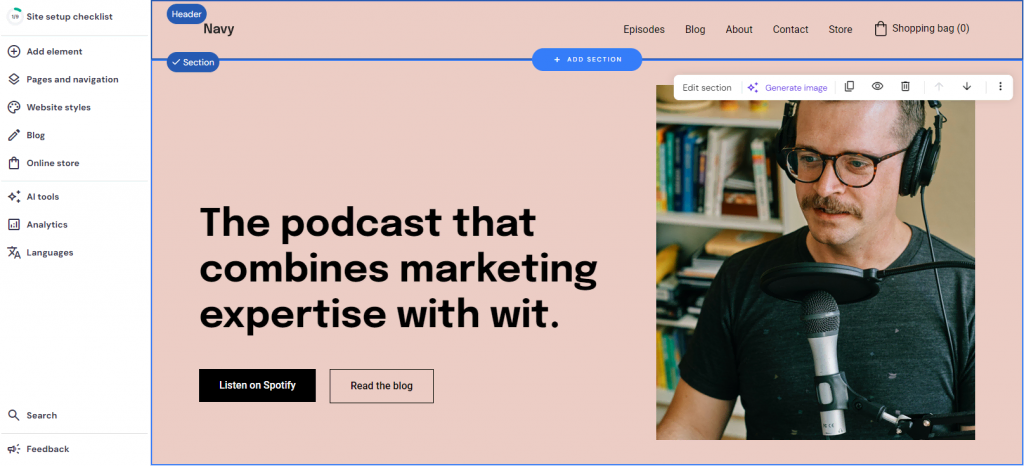
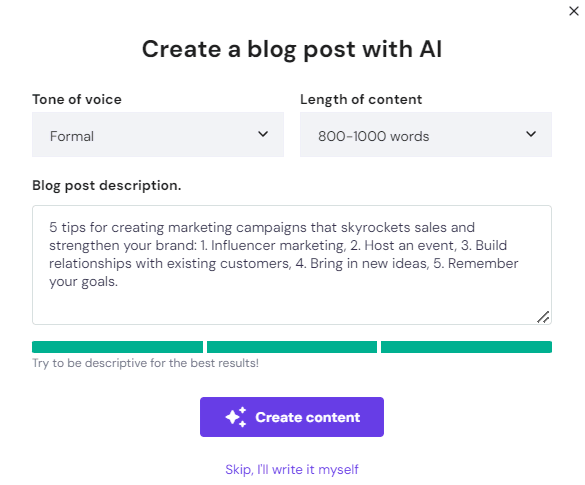
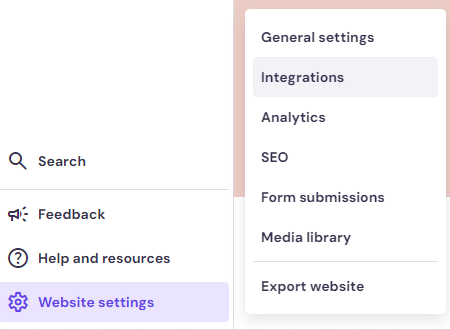
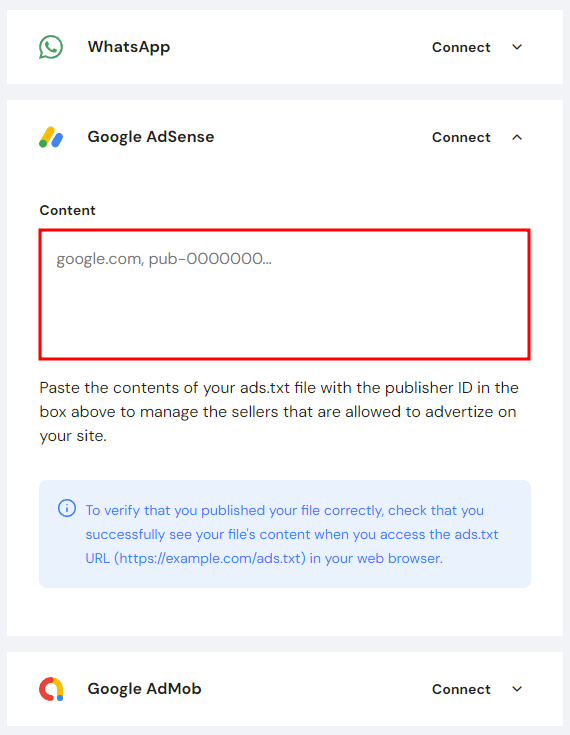
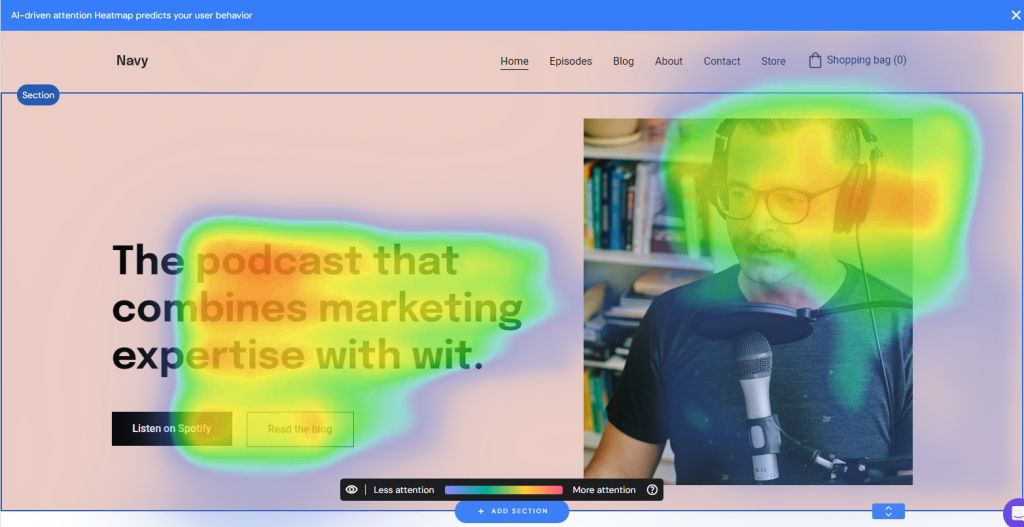

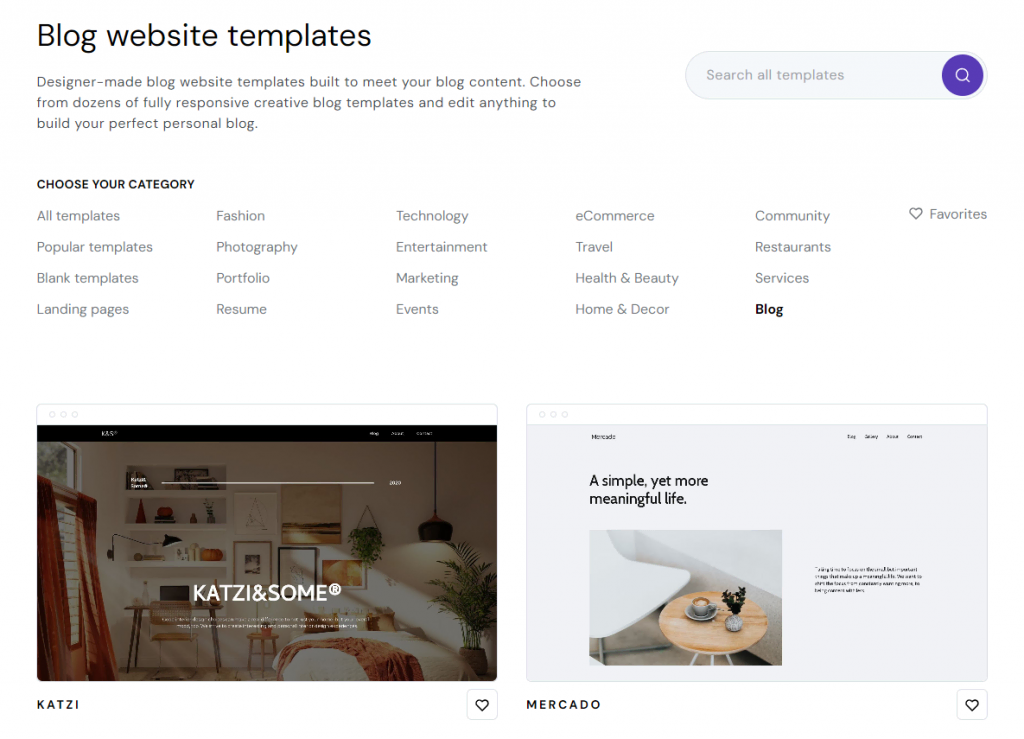
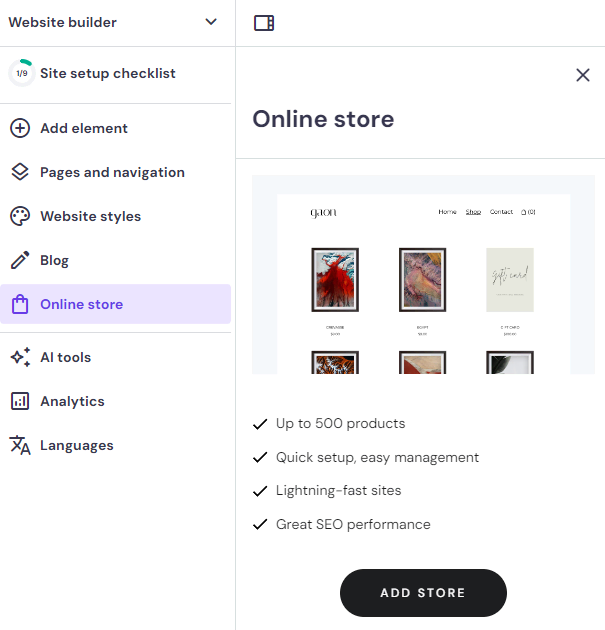
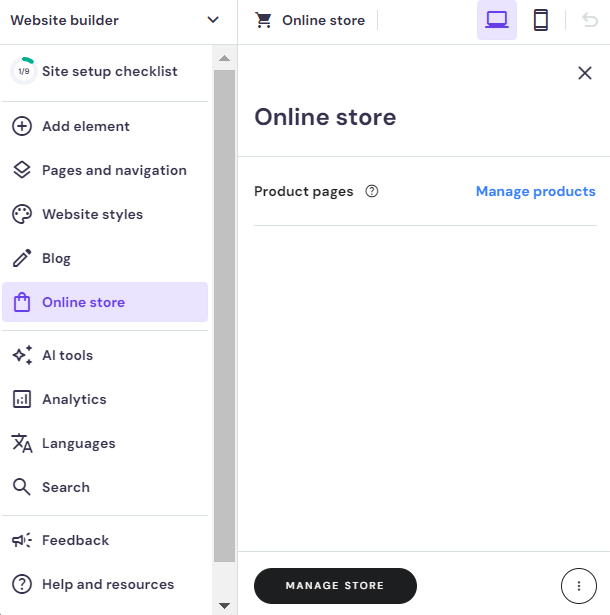
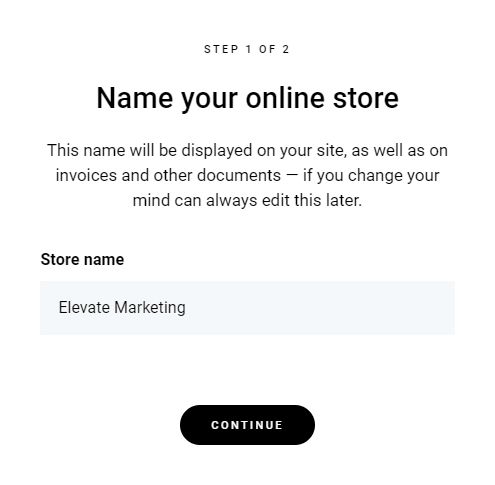
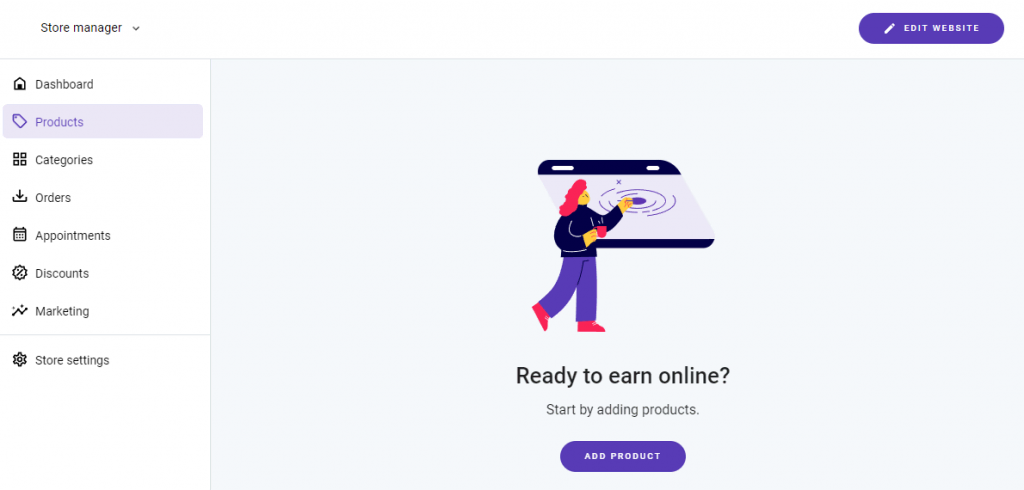
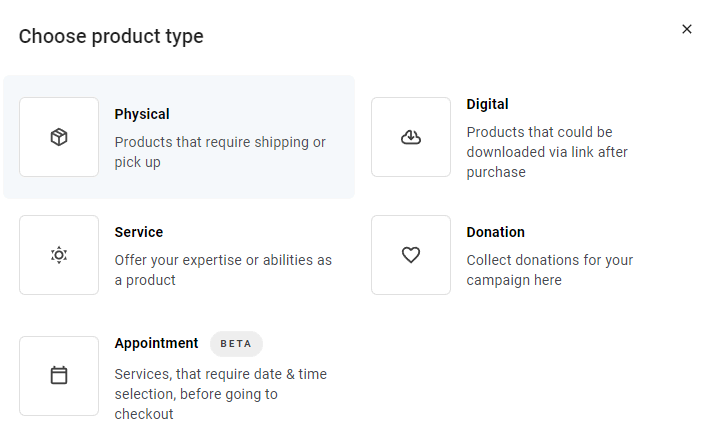
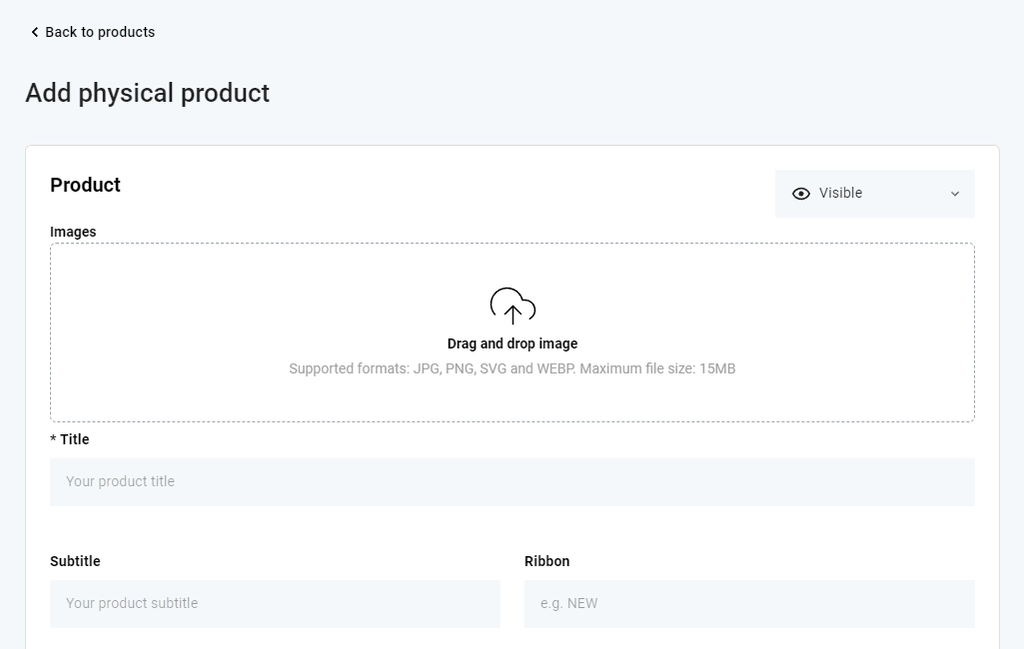
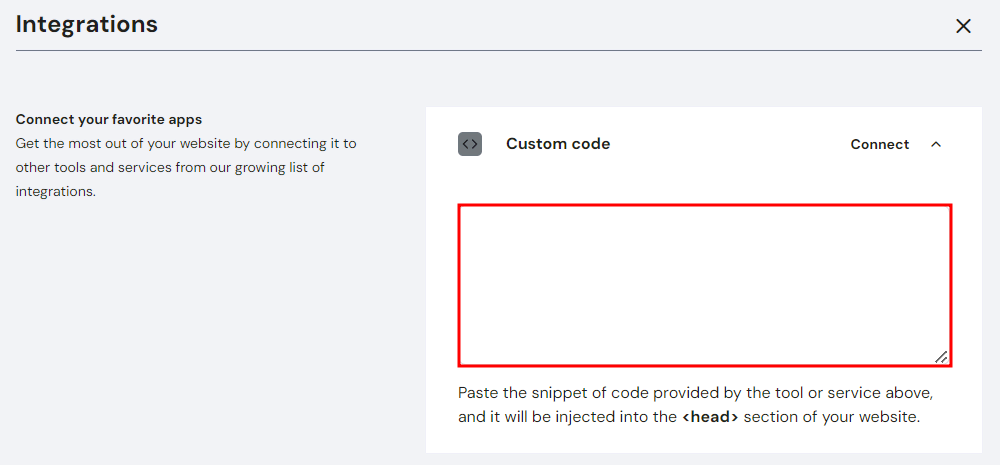
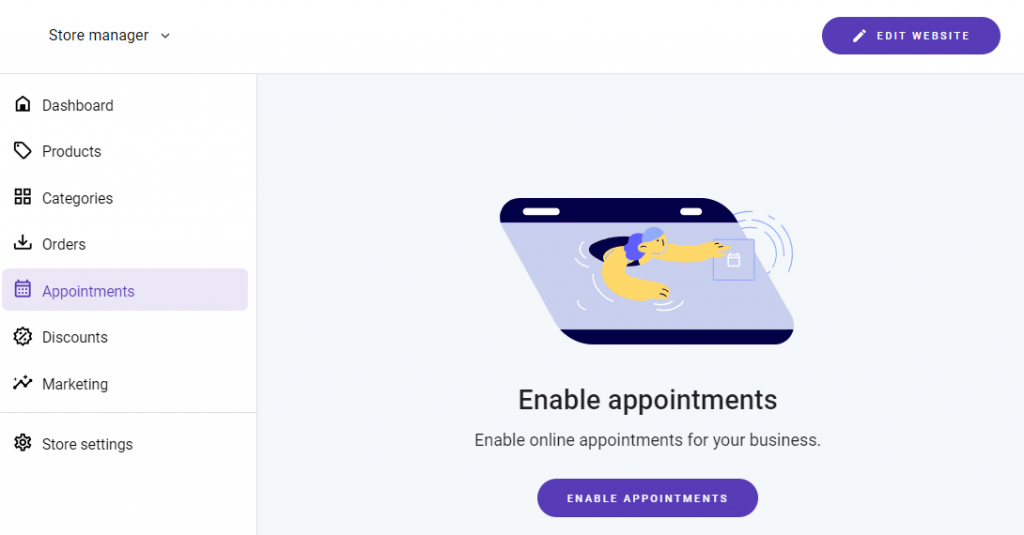
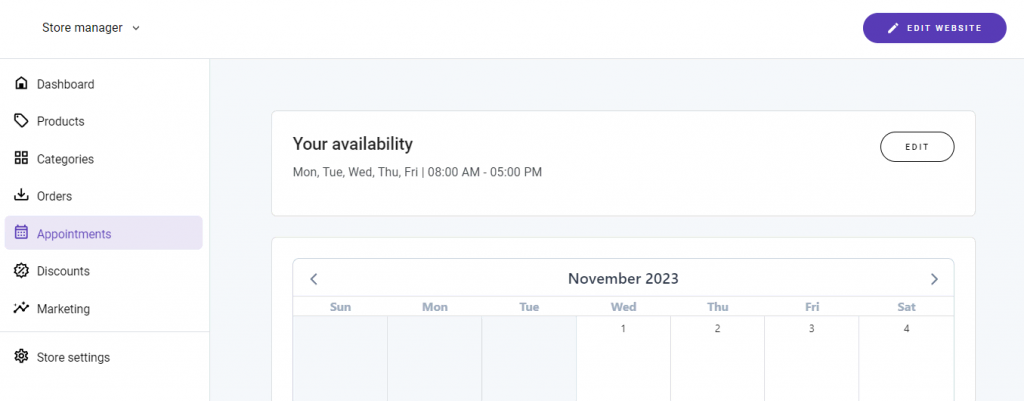
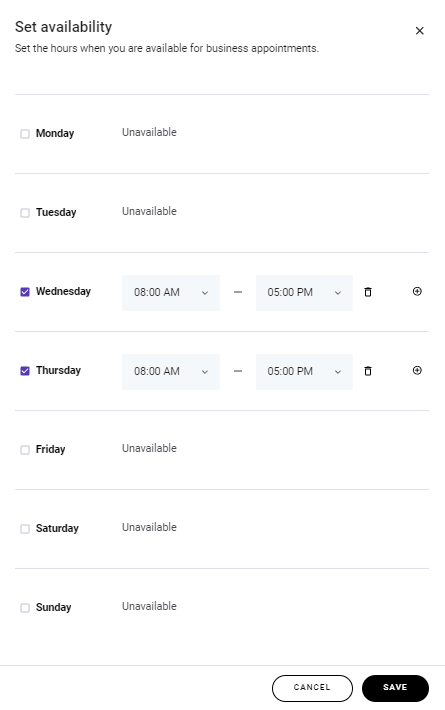
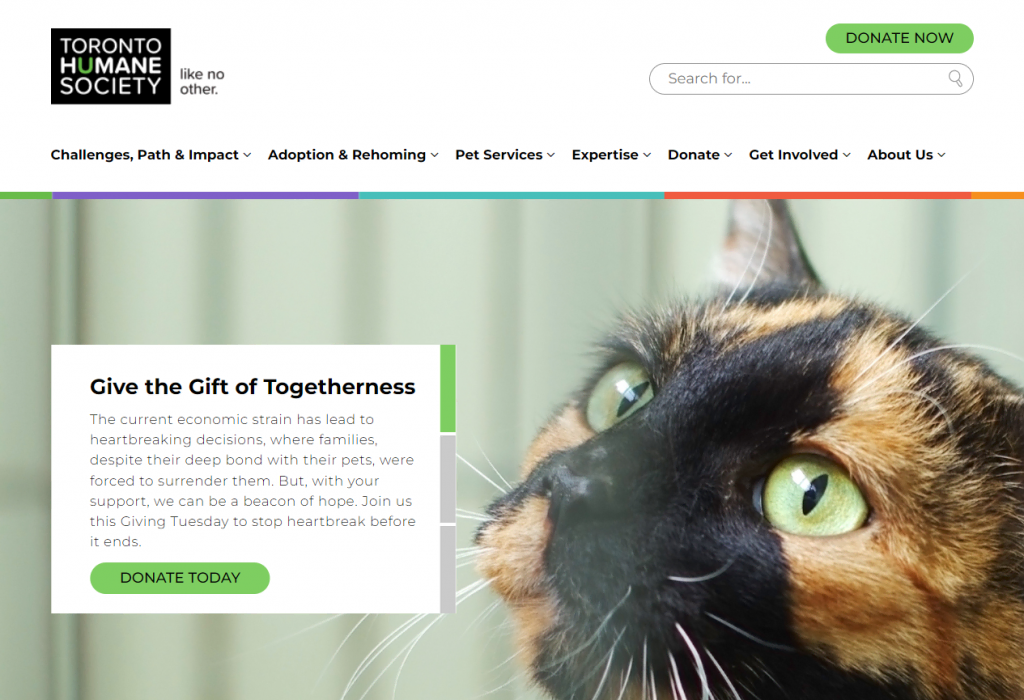
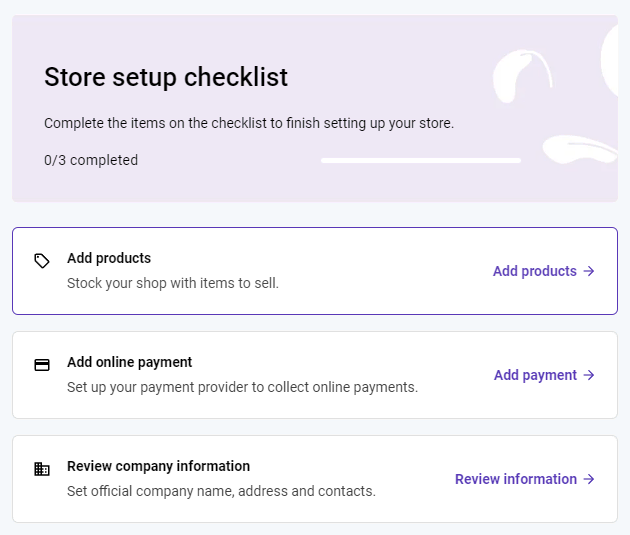
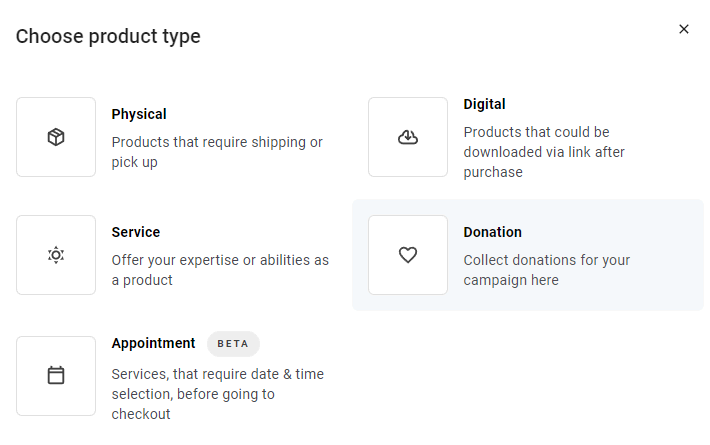
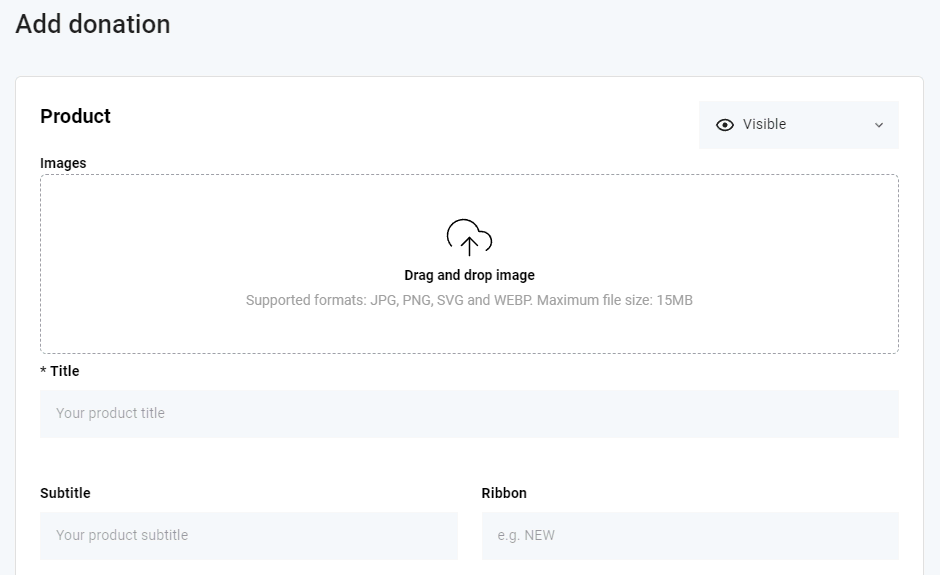

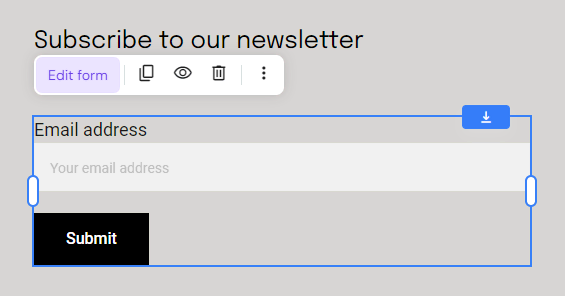
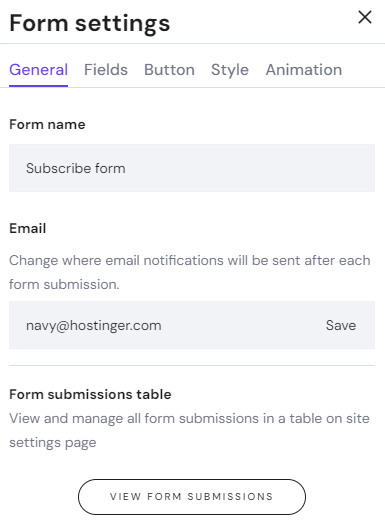


Comments
August 18 2021
This is a great blog. Anybody seeking to make money online through blogging, regardless of background, skill, age, and other factors will find a lot of value in this post.
October 30 2023
How has the blogging landscape evolved in 2023 for monetization compared to previous years?
November 10 2023
Hello! I'm glad to see your interest in the blogging landscape. In 2023, there have been some interesting developments in terms of monetization compared to previous years. Previously, monetization primarily revolved around ads and affiliate marketing. However, nowadays, more bloggers are exploring paid content, digital products, and subscriptions. I hope this answer helps ?
November 13 2023
I must say that I found grate value in this blogging article of yours. There is so much detail information which are very rich and useful. Thank you for taking your time to educate newbies or novice who want to venture into blogging for business. And I am sure even the experienced bloggers will also find value here to add up to what they already know. Thanks
November 14 2023
You're very welcome! I'm delighted to hear that you found this article valuable. If you ever have more questions or need further assistance, feel free to reach out. Happy blogging ?✨